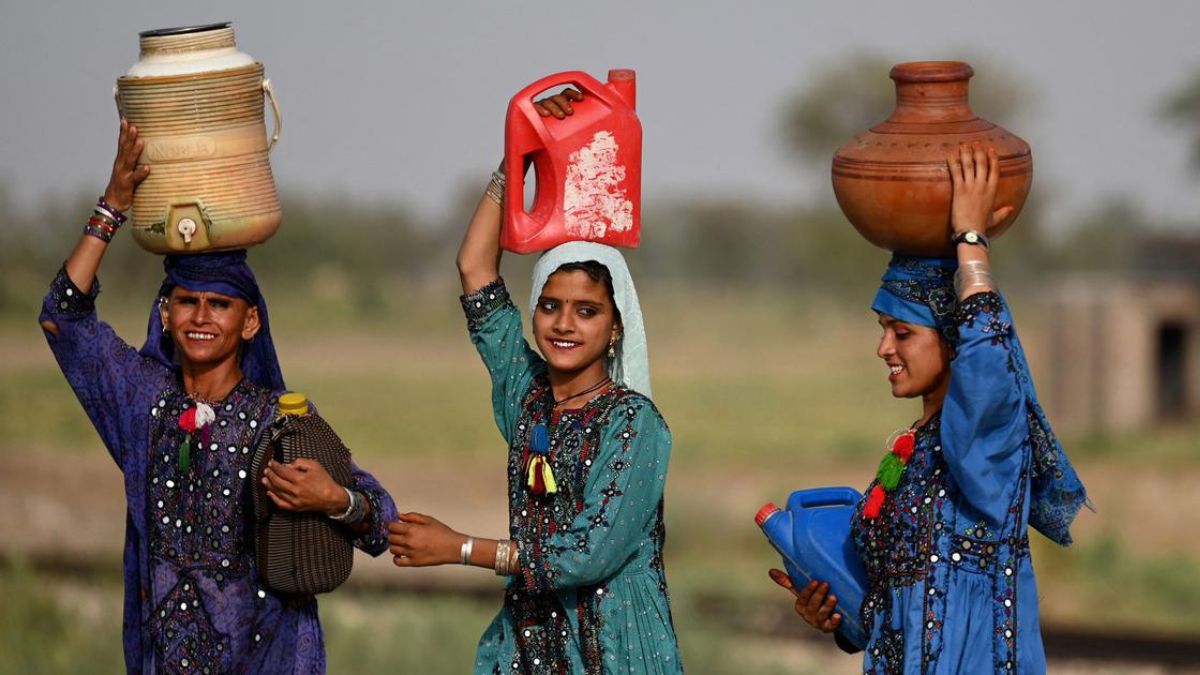The water crisis in Pakistan has reached a critical level, threatening the country’s agriculture, public health, and economic stability. With per capita water availability falling below 1,000 cubic meters, Pakistan is now officially in the “water-scarce” category.
Understanding the Water Crisis in Pakistan
Pakistan faces one of the most severe water crises in the world. Once a water-abundant country in the 1950s, Pakistan’s per capita water availability has now dropped to dangerously low levels. Experts warn that if sustainable action isn’t taken, the country could face absolute water scarcity by 2035.
Main Causes of the Water Crisis in Pakistan
1. Population Growth and Urban Expansion
Rapid population growth and urbanization have increased water demand beyond supply. With over 240 million people, Pakistan’s domestic and municipal water use has surged drastically.
2. Agricultural Mismanagement
Over 90% of Pakistan’s water is consumed by agriculture. Outdated flood irrigation methods, water-intensive crops like sugarcane, and low water productivity contribute heavily to water wastage.
3. Poor Infrastructure and Governance
Aging irrigation canals, leakage, and inefficient water management systems result in the loss of approximately 30 million acre-feet of water annually. Lack of coordination among institutions further exacerbates the issue.
4. Climate Change
Erratic rainfall, glacial melt, prolonged droughts, and recurring floods have disrupted Pakistan’s water availability and quality. These climate-induced threats make the crisis even more urgent.
5. Transboundary Water Disputes
Tensions with India over the Indus Waters Treaty and upstream development projects have raised concerns about reduced river flows into Pakistan, worsening the water stress in affected provinces.
Read More: Indus at Risk: Sherry Rehman Warns of Climate and Water Crisis
Current Challenges Due to Water Scarcity
- Food Insecurity: Reduced irrigation impacts wheat, rice, and cotton production.
- Public Health Issues: Over 60% of people lack access to safe drinking water, leading to diseases.
- Energy Shortages: Hydropower projects suffer due to inconsistent water flow.
- Urban Water Stress: Cities like Karachi and Lahore face water shortages daily.
Sustainable Solutions to Overcome the Water Crisis
1. Building Dams and Water Storage Infrastructure
Projects like Diamer-Bhasha, Dasu, and Mohmand dams aim to enhance water storage capacity and regulate river flow throughout the year.
2. Promoting Efficient Irrigation Techniques
Drip and sprinkler irrigation, canal lining, and crop zoning can drastically reduce water usage in agriculture.
3. Enforcing Water Governance Reforms
Implementing the 2018 National Water Policy with transparency, accountability, and inter-provincial cooperation is crucial.
4. Nature-Based and Community Solutions
Rainwater harvesting, groundwater recharge, and community-led conservation under initiatives like “Living Indus” can provide localized, cost-effective relief.
5. Technological Innovations
Using sensors, satellite monitoring, and water metering can improve water-use efficiency in both urban and rural areas.
READ MORE: Pakistani Girl Wins Global AI Challenge with Groundbreaking Agriculture Solution
Conclusion
The water crisis in Pakistan demands immediate and comprehensive action. If left unaddressed, it could lead to widespread economic disruption, food shortages, and humanitarian emergencies. However, with coordinated planning, sustainable practices, and strong policy implementation starting in 2025, Pakistan can secure its water future for generations to come. Stay tuned with Bloom Pakistan









